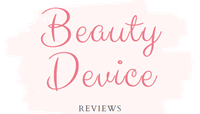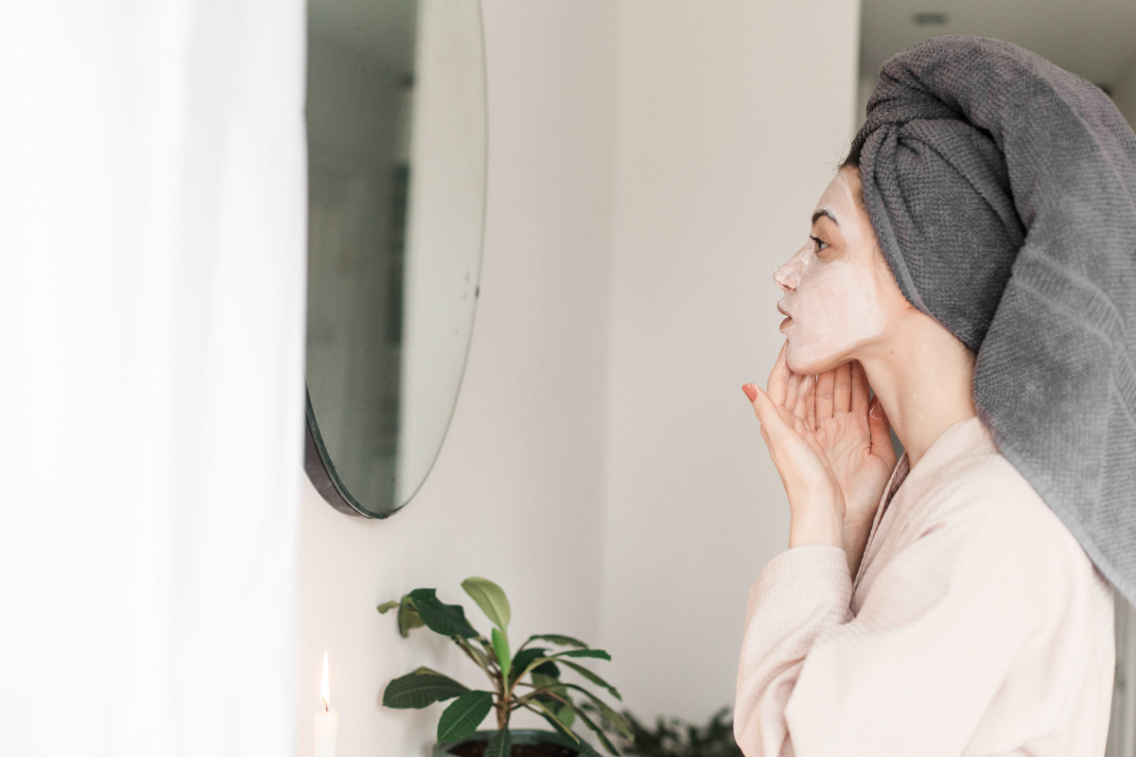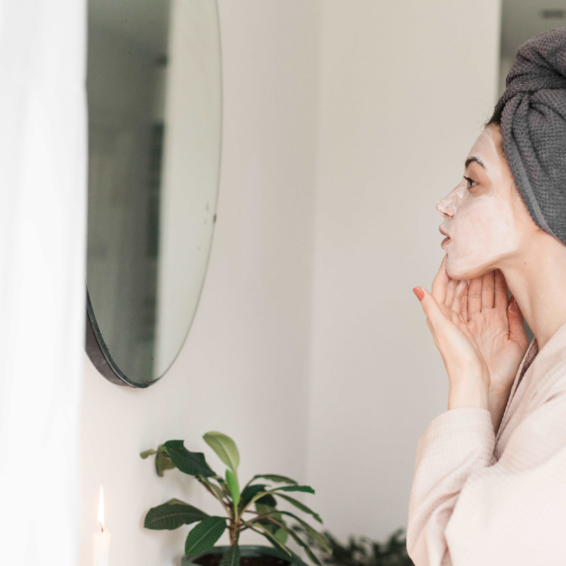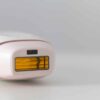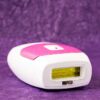A facial is a type of beauty treatment that is designed to improve the appearance and health of the skin on the face. Facials can be performed at a spa, salon, or by a licensed esthetician.
During a facial, an esthetician will typically start by cleansing the skin to remove any surface-level impurities. They may then perform a variety of treatments and techniques, depending on the specific type of facial being performed.
Some common facial treatments and techniques may include:
- Exfoliation: This involves removing dead skin cells from the surface of the skin, which can help to improve skin texture and promote cell turnover.
- Extraction: This involves removing blackheads and other impurities from the pores, which can help to prevent acne and other skin issues.
- Massage: This involves using massage techniques to help promote relaxation and improve circulation to the skin.
- Masks: This involves applying a mask to the skin, which can help to hydrate, brighten, or otherwise improve the appearance and health of the skin.
Facials can be a great way to improve the appearance and health of your skin. By working with an experienced esthetician and choosing a facial that is suitable for your skin type and concerns, you can enjoy a relaxing and rejuvenating experience that leaves your skin looking and feeling its best.
Facials can offer a range of benefits for the skin, including:
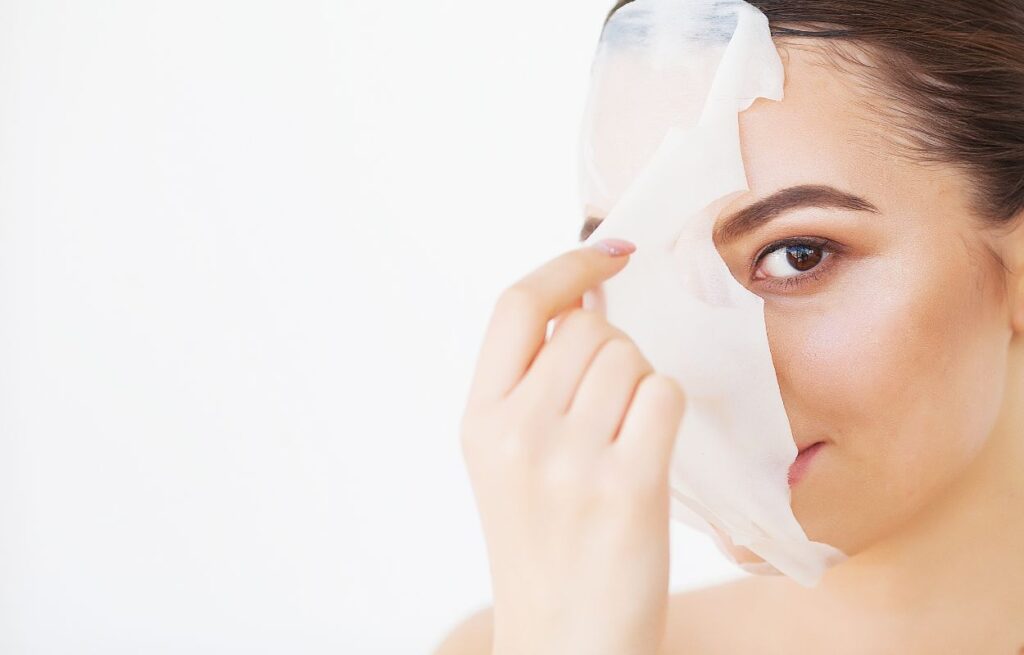
Deep Cleansing
A deep cleansing facial is a type of facial treatment that is designed to thoroughly cleanse and exfoliate the skin, removing dirt, oil, and impurities that can clog pores and contribute to acne and other skin issues.
During a deep cleansing facial, an esthetician will typically start by cleansing the skin to remove any surface-level impurities. Next, they may use steam or warm towels to open the pores and help loosen any deeper impurities. They may then perform extractions, manually removing blackheads and other blockages from the pores.
After the extractions, the esthetician will typically perform an exfoliating treatment, such as a chemical peel or microdermabrasion, to remove dead skin cells and promote cell renewal. They may also apply a hydrating mask or serum to replenish moisture to the skin and improve skin texture and elasticity.
Exfoliation
An exfoliating facial is a type of facial treatment that involves using physical or chemical exfoliants to remove dead skin cells and promote cell renewal, resulting in smoother, brighter skin.
During an exfoliating facial, an esthetician will typically start by cleansing the skin to remove any surface-level impurities. They may then use a physical exfoliant, such as a scrub or brush, or a chemical exfoliant, such as an alpha-hydroxy acid (AHA) or beta-hydroxy acid (BHA), to remove dead skin cells and promote cell turnover.
After the exfoliation, the esthetician may perform extractions, manually removing blackheads and other blockages from the pores. They may also apply a hydrating mask or serum to replenish moisture to the skin and improve skin texture and elasticity.
Hydration
A hydration facial is a type of facial treatment that is designed to replenish moisture to the skin and improve skin texture and elasticity.
During a hydration facial, an esthetician will typically start by cleansing the skin to remove any surface-level impurities. They may then apply a hydrating mask or serum to the skin, which contains ingredients such as hyaluronic acid, aloe vera, or other humectants that attract and retain moisture in the skin.
The esthetician may also perform a facial massage or use a device such as a jade roller to help the hydrating ingredients penetrate the skin more deeply. Some hydration facials may also include a light exfoliation or gentle peel to help remove any dead skin cells that may be preventing the skin from absorbing moisture.
Improved Circulation
An improved circulation facial is a type of facial treatment that involves massage techniques and other methods to promote better blood flow and circulation to the skin.
During an improved circulation facial, an esthetician will typically start by cleansing the skin to remove any surface-level impurities. They may then use massage techniques, such as lymphatic drainage massage or acupressure, to stimulate blood flow and circulation to the skin.
The esthetician may also use a device such as a jade roller or gua sha tool to further stimulate circulation and promote lymphatic drainage, helping to reduce puffiness and improve skin tone and texture.
Relaxation
A relaxation facial is a type of facial treatment that is designed to promote relaxation and reduce stress. During a relaxation facial, the focus is on providing a soothing, calming experience for the client, rather than addressing specific skin concerns.
During a relaxation facial, an esthetician will typically start by cleansing the skin to remove any surface-level impurities. They may then use a variety of techniques to help the client relax, such as facial massage, aromatherapy, and hot towels.
The esthetician may also apply a hydrating mask or serum to the skin, which can help to promote relaxation and improve skin texture and elasticity.
Personalized Skincare Advice
A personalized skincare advice facial is a type of facial treatment that is designed to provide customized skincare advice and recommendations based on your individual skin concerns and needs.
During a personalized skincare advice facial, an esthetician will typically start by performing a skin analysis to determine your skin type, concerns, and any specific issues you may be experiencing. They may use tools such as a magnifying lamp or skin scanner to get a closer look at your skin.
Based on the results of the skin analysis, the esthetician will then provide personalized skincare advice and recommendations, which may include product recommendations, lifestyle changes, and other tips for maintaining healthy skin.
The esthetician may also perform a customized facial treatment that is tailored to your specific needs and concerns. For example, if you are dealing with acne-prone skin, they may perform extractions and use products that are designed to help reduce inflammation and prevent breakouts.
Here are 7 tips to help you choose the best home facial for your skin:
- Determine your skin type: Understanding your skin type is crucial in selecting the right facial for your skin. Determine if you have oily, dry, combination, or sensitive skin, as different facials cater to different skin types.
- Identify your skin concerns: Consider what skin issues you would like to address, such as acne, fine lines, or dryness. Choose a facial that targets those specific concerns.
- Read the ingredients: Look for natural, gentle ingredients that are suitable for your skin type and concerns. Avoid ingredients that may irritate your skin or cause allergic reactions.
- Consider the type of facial: There are various types of facials, such as hydrating, exfoliating, brightening, and anti-aging facials. Choose the type of facial that best suits your needs.
- Look for reviews: Check online reviews to see what others with similar skin concerns have to say about the facial product you are considering.
- Consult with a dermatologist: If you have any serious skin concerns or conditions, consult with a dermatologist before trying a new facial product.
- Follow instructions: Make sure to read and follow the instructions carefully to avoid any adverse reactions or damage to your skin.
Ultimately, the best home facial for you will depend on your individual skin type and concerns. It’s important to choose a facial that is gentle, effective, and suitable for your skin, and to follow a regular skincare routine to maintain healthy, glowing skin.
